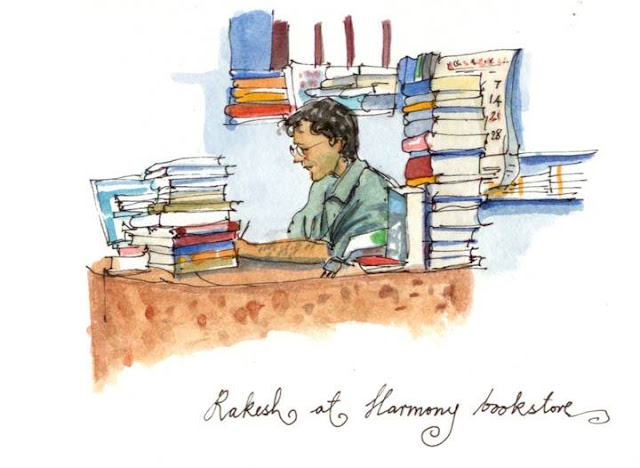Waking up to a sweet

A Mouthful of Heaven A slightly edited version finds place in TheHindu Sunday Magazine . Thank you : The team at The Hindu, Richa and Kumar. Image: Nimesh Ved Sometime last year, during a book launch, I got to interact with the author after listening to his eloquent talk. He, a European, in turn, asked me if my name meant ‘that yellow coloured soft sweet which is had in the mornings’. I was already a fan of Malaiyo, which fits the description, but could not figure out what he meant! A few weeks later, a friend asked if my name meant a Lucknowi dish available only during winters. A sweet similar to the Daulat ki Chaat she had had at Old Delhi. Vir Sanghvi’s account of the street food festival , at Delhi, where Banaras took the honours, had prompted her question. By this time, I was intrigued and looked up more on Malaiyo, Daulat ki Chaat and of course Nimish. It turns out the dish also has a fourth name – Malai Makhan. Ashish Mamgain in his article ‘ If you could eat the clouds .




